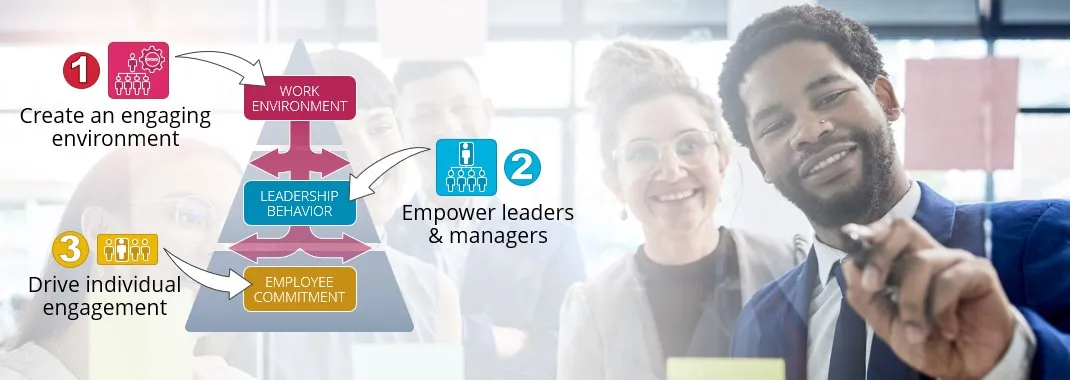The recent Gallup State of the Workplace Report revealed that employee engagement and well-being levels in the U.S. have decreased in the past 12 months. This downward trend is not surprising given the current turbulence from political divides, labor market uncertainty, and economic hardship. However, this is only part of the story.
By embracing a data-driven approach to leadership development, organizations can bridge the gap between leadership behaviors and organizational performance metrics, thereby unlocking new pathways to success. In this article, we will explore the transformative potential of data-driven leadership development, from the importance of linking leadership behaviors to core organizational performance metrics to the practical steps organizations can take to harness the power of data in their leadership development initiatives.
In business, measuring and tracking key outcomes such as revenues and profit is imperative to gauge improvement or growth. However, if profit does not reflect the projections or expectations it would signal an issue. Understanding the underlying factors (drivers) that contribute to these outcomes (indicators) is crucial for implementing effective solutions. This principle is not only applicable in financial analysis, but is equally critical in evaluating and enhancing employee engagement.
In the current landscape of employee surveys, organizations can choose from a variety of survey platforms, ranging from expensive and overly complicated survey systems, to simplistic one-dimensional products with limited analytics capabilities. The more popular survey platforms generally lack the advanced analytics necessary to track and analyze survey data in real-time at organizational and at team level, or the flexibility to accommodate different types of surveys, such as engagement surveys, automated lifecycle pulses or 360-degree leadership reviews.
Sustainable engagement isn’t just a program, it’s a way of operating. Mindset’s Holistic Engagement Approach offers a framework to transition from the outdated, top-down annual survey method to a dynamic and individualized process.
In today’s competitive business landscape, an optimized Employee Experience (EX) is the linchpin for driving employee engagement and sustained organizational growth. The traditional approach of annual engagement surveys coupled with sporadic engagement initiatives is not sufficient. A more holistic, lifecycle-oriented approach is required to build a positive EX, from the pre-hire to offboarding.






